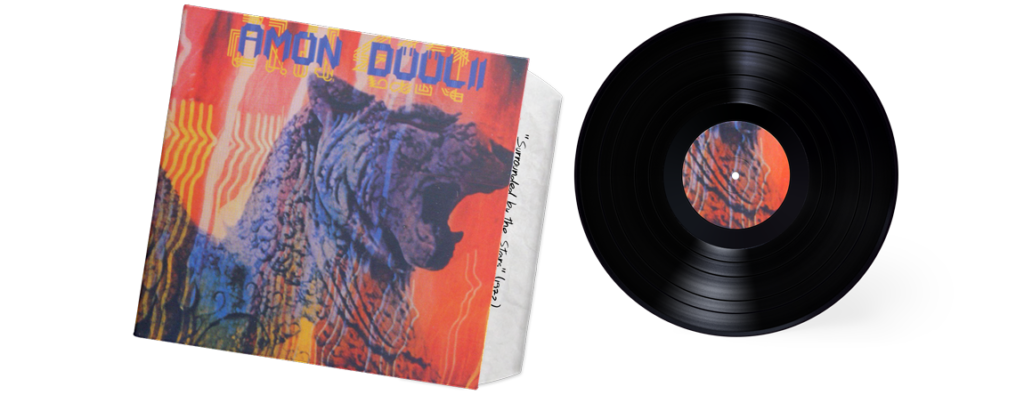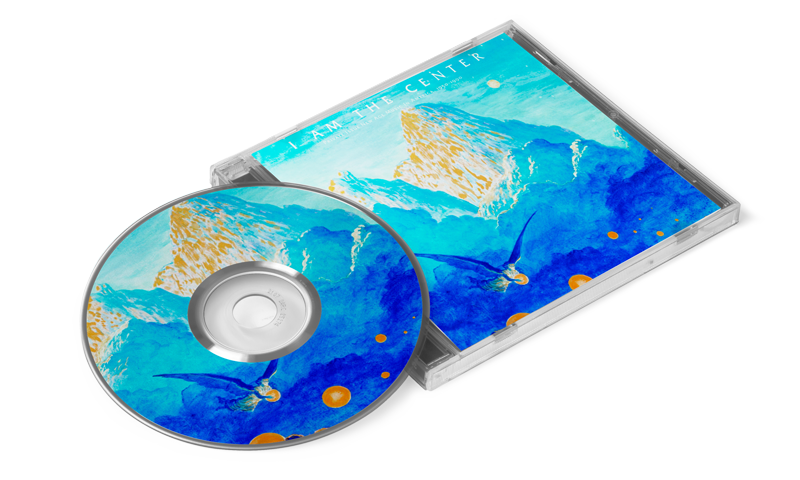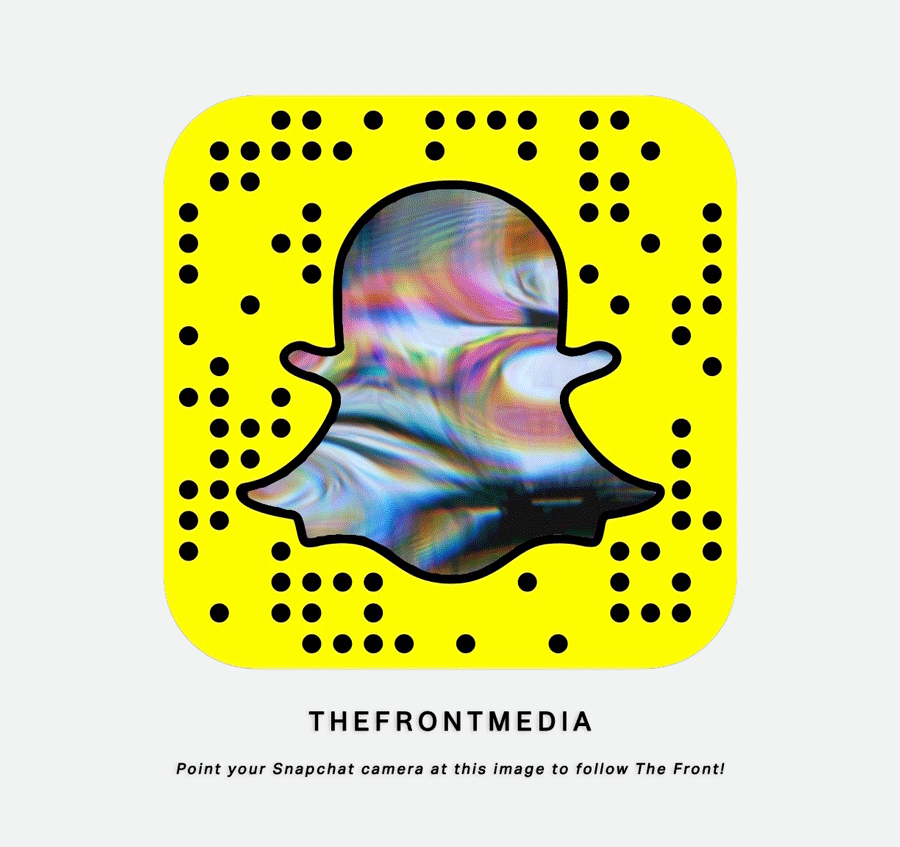Songs for Space Travelers
12 songs that embody the underground spiritual revolution of the 60s and 70s
By Jodi Wille, director of "We Are Not Alone" and "The Source Family"
In the portentous, rapidly shapeshifting late 60s-70s, spiritualized artists, radicals, dreamers, cultists, teenagers, witches, activists, gentle loners and poets channeled the chaotic energies of the time into these songs of revolution, revelation and transformation.
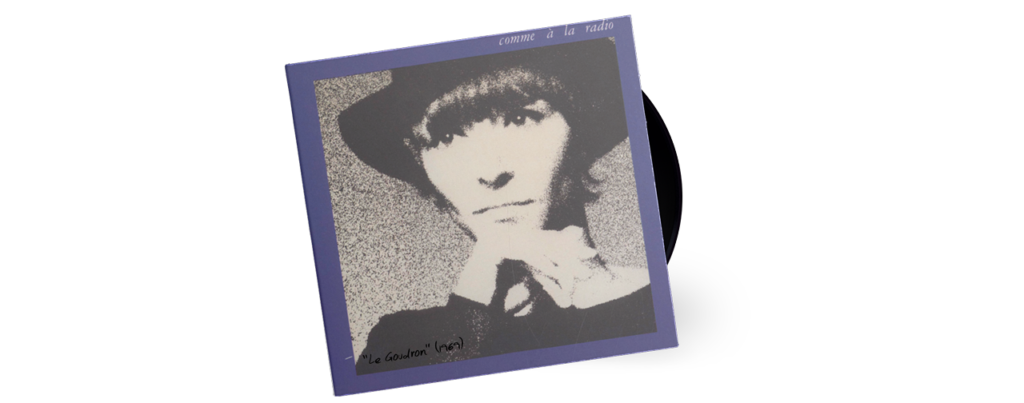 “Le Goudron” – Brigitte Fontaine, Comme à la radio (1969)
“Le Goudron” – Brigitte Fontaine, Comme à la radio (1969)
French underground icon, actress, singer, lyricist, playwright, writer and humanist, Fontaine’s work for decades has called out consumerist frenzy, patriarchal insanity and social injustice. Backed by free jazz collective expats the Art Ensemble of Chicago, Fontaine’s surreal lyrics and hypnotic vocals are a dusky, sublime invocation to revolt.
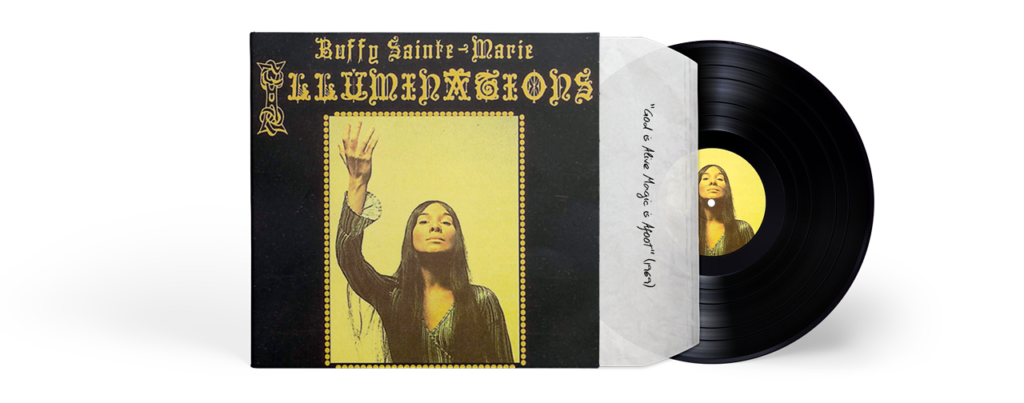 “God is Alive Magic is Afoot” – Buffy Sainte-Marie, Illuminations (1969)
“God is Alive Magic is Afoot” – Buffy Sainte-Marie, Illuminations (1969)
Native Canadian singer-songwriter, musician, composer, visual artist, and social activist, Buffy Sainte-Marie was named Billboard’s best new artist in 1964, but her protest music and support of the Red Power movement led to her blacklisting by the music industry in a campaign reportedly led by J. Edgar Hoover. She never stopped creating, developing Native American educational programs and gaining recognition and many awards for her music and social activism. Plus she appeared on Sesame Street multiple times and married Jack Nitzsche. Lyrics for “God is Alive” are written by Leonard Cohen and first appeared in his novel Beautiful Losers.
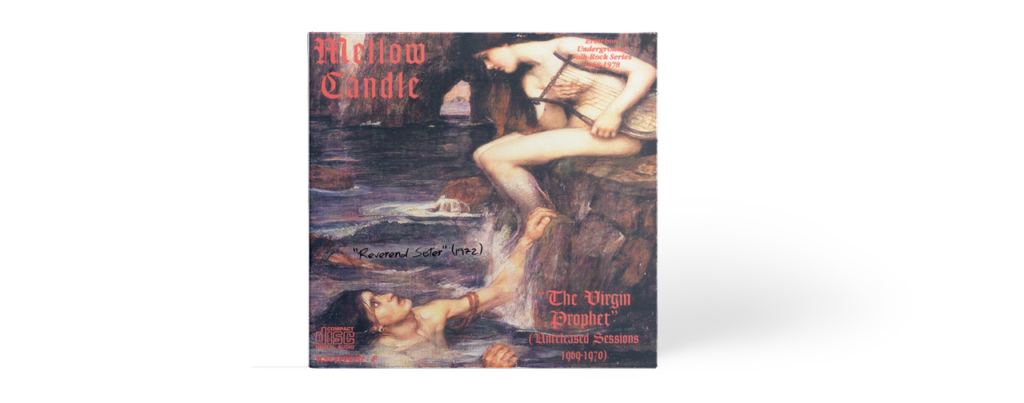 “Reverend Sisters” – Mellow Candle, Swaddling Songs (1972)
“Reverend Sisters” – Mellow Candle, Swaddling Songs (1972)
Still teenagers when they composed this song, the beautiful singers of the Irish folk-rock band Mellow Candle offer a personal tale of spiritual awakening, revealing to their Mother Superior their journey of love and loss of innocence. —“Now the veils are lifted and my eyes can see.”
“Surrounded by the Stars” – Amon Düül II, Wolf City (1972)
One of the founding bands of the German experimental electronic/cosmic “Krautrock” of the 70s, Amon Düül II was formed by the eponymous German psychedelic political art commune, part of a vital scene that electro-charged post-WWII West Germany’s artistic and spiritual renewal. Their “anyone can do it” philosophy was a forerunner of punk and mesmerizing singer Renate Knaup was a rare female presence in the male-dominated scene.
 “Alpes 1” – Catherine Ribeiro + Alpes, Ame Debout (1971)
“Alpes 1” – Catherine Ribeiro + Alpes, Ame Debout (1971)
Catherine Ribeiro and and musician Patrice Moullet met as actors in Jean-Luc Godard’s 1964 film Las Carabiniers, a cosmic convergence that ultimately led them to leave the city behind to live on a commune in the French countryside with other musicians, forming the band Alpes. Together, mostly using Moullet’s homemade instruments (percuphone, cosmophone & orgolia) and Ribeiro’s vocals, they created seven classic experimental electronic underground records.
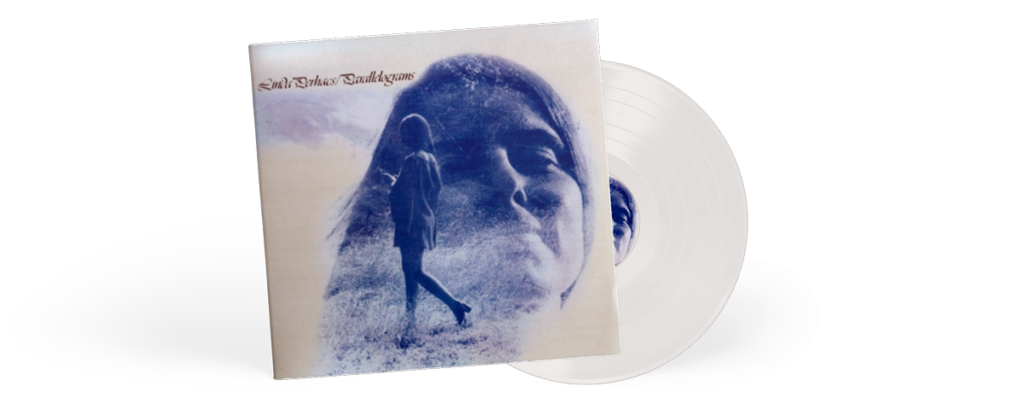 “Parallelograms” – Linda Perhacs, Parallelograms (1970)
“Parallelograms” – Linda Perhacs, Parallelograms (1970)
Parallelograms, Linda Perhacs (Kapp Records, 1970, various re-issues through various labels in 2005, 2008, and 2014)
An unassuming dental hygienist from California gifted with synesthesia channeled this singular masterpiece in 1970, but it remained virtually unheard until a growing cult-following led to its eventual rediscovery and multiple reissues, and, 44 years later, Perhacs’ transcendent second album, The Soul of All Natural Things (Asthmatic Kitty, 2014).
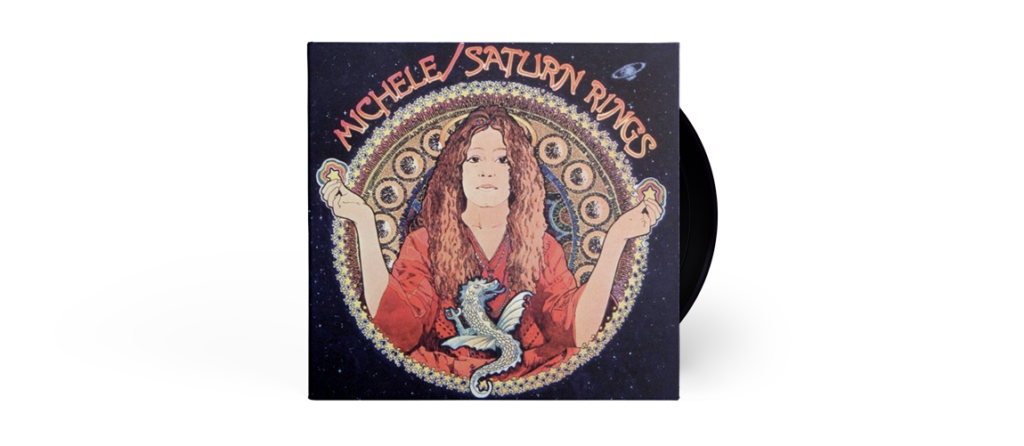 “Know Yourself” – Michele, Saturn’s Rings (1969)
“Know Yourself” – Michele, Saturn’s Rings (1969)
Michele O’Malley was a member of the Ballroom, an LA session vocalist, and a devotee of the spiritual group Subud when she collaborated with Curt Boettchner, one of the principal architects of the sunshine pop sound of the mid-’60s, to make this strange and beautiful record with some of the best session musicians of the time. Here she sings an ode to one of the key aphorisms of alternative spirituality since the time of Pythagoras: Know Thyself.
 “Ya Ho Wha” – Ya Ho Wha 13, excerpt from Penetration: An Aquarian Symphony (1974)
“Ya Ho Wha” – Ya Ho Wha 13, excerpt from Penetration: An Aquarian Symphony (1974)
[Note: featured on The Source Family Original Soundtrack (2013)]
The Source Family was a spiritual community modeled after ancient occult mystery schools, stationed in the Hollywood Hills and Hawaii in the 70s under the guidance of the bearded health food pioneer and spiritual patriarch Father Yod. There were many talented musicians in the Source Family, and Ya Ho Wha 13 was the most stripped down and refined of the many family bands, creating spontaneous music recorded at sunrise after two to three hours of morning meditation led by Father Yod including intense breathwork, ritualistic exercises, chanting and one six-second toke of the “sacred herb.” Between 1973-1974, in the span of 11 months, the family recorded nearly 60 records and private-pressed nine.
 “Back In Our Minds” – Funkadelic, Maggot Brain (1971)
“Back In Our Minds” – Funkadelic, Maggot Brain (1971)
Maggot Brain was one of two records (also America Eats Its Young, 1972) inspired by funk pioneer George Clinton’s fascination with the Process Church of the Final Judgment, an apocalyptic spiritual group with a highly provocative and sophisticated aesthetic and marketing sensibility that briefly attracted Marianne Faithfull and Mick Jagger while expanding to chapters in London, New York, San Francisco and other cities. Liner notes for both Funkadelic albums include Process Church texts and a number of songs on each record loosely reflect Processean teachings and philosophies.
 “Journey from Atlantis” – Steve Douglas, Music from Cheops (1976)
“Journey from Atlantis” – Steve Douglas, Music from Cheops (1976)
Douglas was a top session flautist and saxophonist and part of the Wrecking Crew, working with Elvis, Aretha Franklin, Bob Dylan, Stevie Wonder and countless others until 1975 when health problems forced him to cut back on commercial work. This lead him to focus on his own projects, including this remarkable recording inside the King’s chamber of the Great Pyramid in Giza (apparently recorded just before Paul Horn’s pyramid recordings). Some believe Douglas was channeling ancient, perhaps extraterrestrial sound healing technologies in that tomb.
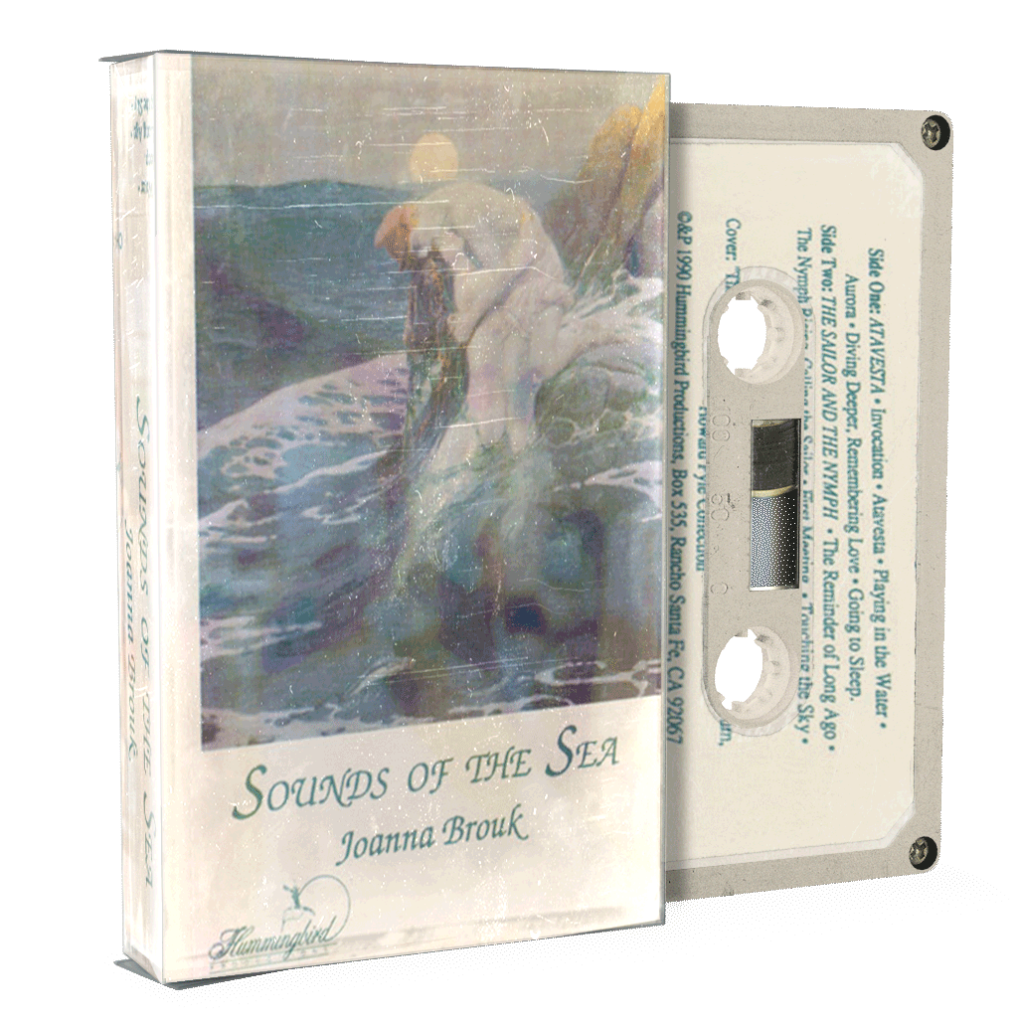 “Aurora” – Joanna Brouk, Sounds of the Sea (1981)
“Aurora” – Joanna Brouk, Sounds of the Sea (1981)
Joanna Brouk wrote scores with geometric shapes and considered herself more of a channeler than a composer of her music, acquiring the tools and players to manifest the music she had already heard in her mind. A pioneer in the field of electronic and new age music, Brouk’s music has been rediscovered and brought to a new audience thanks to Douglas McGowan’s seminal I Am the Center: Private Issue New Age Music In America 1950-1990 compilation (Light in the Attic, 2013) and Numero Group’s double CD/LP Hearing Music (2016) release.
“Unicorns in Paradise” – Laaraji, excerpt from (excerpt from) I Am The Center: Private Issue New Age Music In America 1950-1990
Laaraji studied music at Howard University and in the late 60s was in New York as a standup comedian and actor, appearing in Robert Downey’s underground classic, Putney Swope. In the early 70s, he explored Eastern mysticism and a spiritual epiphany guided him to trade in his acoustic guitar for a zither. This led to Brian Eno “discovering” him in Central Park and producing his record Ambient 3: Day of Radiance (1980). He has since released dozens of albums and continues to create and play live and with reissues by multiple labels and a recent collaboration with Blues Control.
(Special thanks to Hedi El Kholti and David Nuss)
____________________________________________________
Jodi Wille is an acclaimed filmmaker, programmer, book publisher, and curator known for her work exploring American subcultures. Wille directed the documentary THE SOURCE FAMILY (2012) with Maria Demopoulos. She is cofounder and editor of book publishing companies Dilettante Press and Process Media and serves as a longtime guest programmer at The Cinefamily Cinematheque in Los Angeles. In 2014 she co-curated the 44-artist, 244 work exhibition “The Visionary Experience: From St. Francis to Finster” at the American Visionary Art Museum in Baltimore. She premiered her documentary short WE ARE NOT ALONE in London on June 17 at The Horse Hospital arts center, opening a monthlong exhibition she curated of Unarius art, costumes, photography and artifacts.
